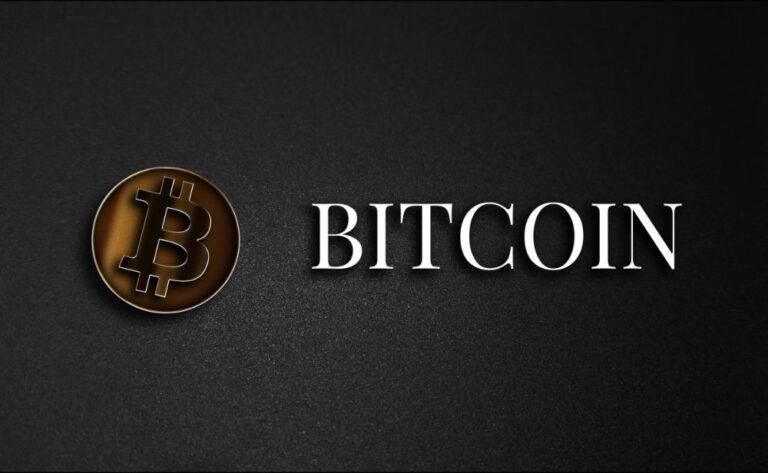How to Make Passive Income Mining Helium

Not the noble gas that we studied in high school chemistry, no.
I’m referring to the blockchain for Helium.
A wise buddy of mine revealed last summer that he was considering mining helium. My ears perked up when I saw that he is a software engineer with a solid track record in investing.
The helium elevator speech sounds something like this:
Many internet of things (IoT) gadgets, both large and small, require access to dependable wireless internet. There are millions of gadgets in question.
Electric scooters, temperature sensors, shipment trackers, intelligent irrigation meters, gas leak detectors, air quality monitoring equipment, parking garage sensors, electric mouse traps, weight scales, light bulbs, and a long list of other items are included in this category.
However, connecting these gadgets to dependable internet is challenging. They frequently move, are outside, or are too numerous to connect to a standard household WiFi network.
Introducing Helium hotspots.
Helium hotspots connect to the existing internet and send little quantities of it to various IoT devices that are built to use it via long-range radio waves (LoRaWAN).
The reason the hotspots are called “miners” is because they don’t just offer wireless internet coverage; they also verify that connections are established to the device and that other hotspots are also offering reliable internet. They are “mining” data blocks.
They receive Helium Tokens (HNT) on the Helium blockchain as payment for this. Similar to how Bitcoin and Ethereum are traded, helium tokens are as well. Daily pricing modifications are made.
A payment is granted to the miner that watched another miner or provided Proof of Coverage (PoC) for the network every time a transaction on the blockchain occurs in Helium, much like in Bitcoin.
Companies who wish to utilize this network need only purchase data credits and create their devices using open source software.
A significant barrier that no longer needs to prevent the adoption of a specific IoT application, from creating a smart city to tracking deliveries, is to have an easily accessible wireless network in every major city in the globe.
Employing the Helium network actively are businesses like Salesforce, Bosch, and InvisiLeash.
The miners are made by authorized producers. You may join the network and earn Helium by installing the provided antennae in your home and connecting them to the internet. You will also use very little electricity to power the miner.
The Helium Tokens can then be transferred out of your digital wallet and bought and sold for cash on the open market.
Users of this network are encouraged to give the finest coverage possible because doing so would result in them earning more Helium, which is another intriguing component of the system.
I can therefore get more HNT every day if I improve my antennae or install it on my roof rather than a window sill inside. As a result, revenues vary from hotspot to hotspot, but the network as a whole is decentralized enough that no single weak connection can bring it down; rather, the opposite is true, as users compete to form the strongest connections.
If there are too many hotspots in a particular region, I might have to erect it higher, improving network coverage all around. Because we are living things, the network is also alive. It corrects itself as a result of selfish people striving to increase their income.
Helium mining has been extensively discussed in writing and documented, much of it by intelligent individuals than myself. I suggest searching online or visiting YouTube for advice. But the main procedure I followed to start working with helium is as follows:
How to Start Helium Mining
Step 1: Order a hotspot.
I chose a 300-hp Bobcat Miner. I placed a direct order with the business for one, but the lead time is lengthy due to the network’s rapid expansion. Because I needed it sooner, I paid a little more for it when I got another one from eBay.
There are other brands, but I have no idea how the various brands differ in terms of quality. They are constructed using vetted, open-source technology.
Step 2: Download the Helium app
As soon as your hotspot arrives, download the Helium app and use the pairing instructions to connect it to your hotspot. Because it is more dependable than WiFi for this kind of job, use an ethernet connection.
Once your hotspot is configured, you’ll receive a humorous three-word moniker that will always be connected to that particular hotspot. Something like “Snippy Blue Penguin” or “Quick Orange Buffalo.” You cannot alter it either, so no. It is a special identification. Hope you enjoy it. And how could you not with something like “Tiny Mango Owl”?
Step 3: State where your hotspot is.
Important! You can “assert it” or place your miner up to 100 meters away from where you are standing while setting its placement. If a miner is already present in your hex but a nearby hex is open, you might wish to do this.
If you move the miner’s virtual location more than 100 meters from its actual location, it might not be valid.
Step 4: Check the app’s connection status.
The sync process to the Helium Blockchain could take up to a week.
Here are some pointers for syncing: Open port 44158 on your home network, make sure the hotspot is exclusively port forwarded through that port, and give the device a static IP address. Avoid repeatedly plugging and unplugging the miner.
Once connected, you can enter the IP address of your miner to check its status.
Step 5: Verify Hotspotty’s website and the Explorer app.
Keep an eye out for items that could hurt your earnings, including a low transmit scale, and troubleshoot using the various codes the website provides.
Step 6: Upgrade your system gradually.
Place the miner in a desired spot, such an attic, a window on the second floor, or even an improved antenna on your roof, to improve your setup. Because they have extremely sophisticated antennas, some users make hundreds of dollars per month.
Until I can put a more durable and strong antenna on my roof, I placed my miner temporarily into my attic. I connected the hotspot using an Ethernet over Electric connection after placing a straightforward light bulb with an outlet. To keep it safe, I zipped everything together.
Now that you are informed, you can begin mining helium. These fundamentals should be plenty to get you started if you are interested, but there is still a lot to learn about the network, radio technologies, and IoT.
How Much Money Can I Make Mining Helium, though?
The urgent inquiry that everyone has! The answer to this question, like all the best questions in our lives, is that it depends.
You can make 10 cents per day or even nothing if your miner is located on the ground floor of your house, connected to a poor internet service, and situated in a sparsely populated location.
You can really make hundreds of dollars per month if your miner is set up in a densely populated city, high up in your home at the top of a hill, with a reliable internet connection.
The best course of action is to open the Explorer app and select different locations. look at their hex. the height of their antennas. Additionally, you can compare their precise earnings to the network average. This will provide you with some insight into your potential earnings.
Here are mine for the previous two weeks. Based on the current price of HNT, you can see that I have profited $31.54 over the last two weeks:
You may also simply invest in the HNT token to wager on the long-term potential of this technology. But keep in mind that each business venture involving earning money involves risk. Owning or mining HNT is identical.
A brand-new and inescapable security issue may cause the token price to collapse by 90% tomorrow. This is not financial guidance. Consider this a hobby that could perhaps bring you some money.
In any event, it’s the first practical use of blockchain technology I can think of.
Set your stakes appropriately.





